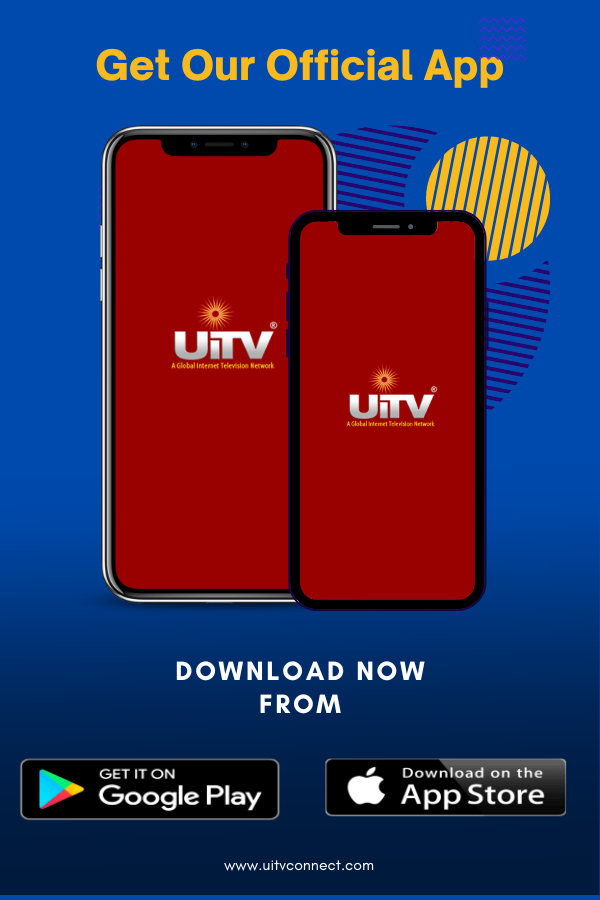Australia, known for its scenic landscapes, vibrant cities, and high quality of life, attracts millions of tourists, students, professionals, and immigrants each year. If you’re considering traveling, studying, working, or moving to Australia, obtaining the right visa is essential. This guide provides a comprehensive overview of the various Australian visa types, requirements, and the application process.
1. Types of Australian Visas
Australia offers a range of visa options tailored to different purposes. Here’s a breakdown of the main visa categories:
1.1 Visitor Visa (Subclass 600)
This visa is intended for tourists, short-term business visitors, and family visitors. It allows you to stay in Australia for up to 3, 6, or 12 months.
Eligibility and Requirements:
- Proof of sufficient funds to cover your stay.
- Proof of temporary stay (such as a return ticket).
- Health and character assessments.
1.2 Student Visa (Subclass 500)
For individuals who wish to study at an Australian educational institution, the student visa is mandatory.
Eligibility and Requirements:
- Confirmation of Enrolment (CoE) from an Australian institution.
- Health insurance through Overseas Student Health Cover (OSHC).
- Proof of financial capacity to support yourself.
- English language proficiency (may vary depending on institution and program).
1.3 Work and Holiday Visa (Subclass 462) and Working Holiday Visa (Subclass 417)
These visas are designed for young travelers (usually between 18-30 years old) from eligible countries who want to holiday and work in Australia temporarily. The visa is generally valid for up to 12 months.
Eligibility and Requirements:
- Proof of sufficient funds for initial stay.
- Meet health and character requirements.
- No dependents during your stay in Australia.
1.4 Skilled Migration Visa (Subclass 189, 190, and 491)
Australia offers several skilled migration visas for qualified professionals, based on points tested for specific skills.
- Subclass 189 – Skilled Independent Visa (Permanent residency).
- Subclass 190 – Skilled Nominated Visa (state nomination, permanent residency).
- Subclass 491 – Skilled Work Regional Visa (temporary, regional areas).
Eligibility and Requirements:
- Meeting the points test (age, skills, English proficiency, experience).
- Skills assessment from relevant Australian authorities.
- Health and character requirements.
- Some visas require nomination by a state or employer.
1.5 Employer-Sponsored Visa (Subclass 482 and 186)
If an Australian employer wants to sponsor you for a specific job, the Temporary Skill Shortage Visa (Subclass 482) or Employer Nomination Scheme (Subclass 186) might apply.
Eligibility and Requirements:
- Job offer and sponsorship from an approved Australian employer.
- Relevant skills, qualifications, and experience for the nominated occupation.
- Health and character requirements.
1.6 Partner and Family Visas
Australia allows eligible family members and partners of Australian citizens, permanent residents, or eligible New Zealand citizens to join them in Australia.
- Partner Visa (Subclass 820/801) – For married, de facto, or fiancés of Australian citizens/permanent residents.
- Parent Visas – Allows parents of Australian citizens or permanent residents to live in Australia.
Eligibility and Requirements:
- Genuine relationship proof (for partner visas).
- Sponsorship by a relative or partner.
- Health and character requirements.
1.7 Business and Investment Visas (Subclass 188 and 132)
Australia offers business visas for entrepreneurs, investors, and business owners looking to establish a business or invest in Australia.
Eligibility and Requirements:
- Investment of a certain amount in Australian businesses or funds.
- Proven business or investment experience.
- Nomination by a state or territory government.
2. Australian Visa Application Process
The visa application process varies based on the type of visa, but here’s a general outline:
Step 1: Determine the Right Visa Type
Choose the visa that matches your purpose and circumstances. The Australian Department of Home Affairs website provides detailed descriptions and eligibility criteria for each visa type.
Step 2: Check Eligibility and Gather Required Documents
Each visa category has specific eligibility requirements and document needs. Commonly required documents include:
- Passport and passport-sized photos.
- Proof of financial capability.
- Health insurance and medical clearances.
- English proficiency test results (if applicable).
- Skill assessment results (for skilled visas).
- Police clearance certificate.
Step 3: Create an ImmiAccount
An ImmiAccount is essential for lodging most visa applications online. You can register for an account on the Australian Department of Home Affairs website.
Step 4: Complete the Visa Application Form
Fill out the visa application form carefully, providing accurate and honest information. For complex applications, consider consulting a registered migration agent.
Step 5: Pay the Application Fee
Visa fees vary depending on the type and duration of the visa. Payment can be made online through ImmiAccount.
Step 6: Attend Biometrics and Health Assessments
Depending on the visa type, you may be required to attend a biometric appointment or undergo a medical examination at an approved clinic.
Step 7: Submit the Application and Track the Status
After submitting your application, you can monitor its status through your ImmiAccount. Processing times vary for each visa category.
Step 8: Await Decision and Visa Grant
Once your application is processed, you’ll receive a notification from the Department of Home Affairs. If approved, you’ll be issued a visa grant letter outlining the conditions, validity, and any specific instructions.
3. Visa Processing Times
Visa processing times vary based on the type of visa, applicant’s country, and specific circumstances. Here’s a rough guide:
- Visitor Visa: 18-33 days.
- Student Visa: 4-11 weeks.
- Work and Holiday Visa: 2-5 weeks.
- Skilled Migration Visa: 6-11 months.
- Employer-Sponsored Visa: 4-8 months.
- Partner Visa: 18-24 months.
Note: Processing times may be impacted by seasonal demand and specific applicant circumstances.
4. Key Tips for a Successful Visa Application
- Ensure Accuracy: Double-check all forms and documents to avoid discrepancies.
- Apply Early: Start the application process early to account for any unforeseen delays.
- Meet Health and Character Requirements: Failing to meet these requirements can delay or hinder approval.
- Use a Migration Agent (if needed): Complex cases may benefit from the assistance of a licensed migration agent.
- Stay Updated on Visa Changes: Australia’s immigration policies are frequently updated, so check the Department of Home Affairs website regularly.
5. Frequently Asked Questions
Q1: Can I extend my visa while in Australia?
Yes, certain visas allow for extensions, but eligibility varies. The Visitor Visa (Subclass 600), for example, may be extended depending on circumstances.
Q2: Do I need to take an English proficiency test for every visa?
Not all visas require English proficiency. However, skilled migration and student visas typically do. The required test score depends on the visa and applicant background.
Q3: Is health insurance mandatory?
For many visas, especially student and work visas, having health insurance is a requirement.
Q4: Can family members accompany me?
Yes, some visas allow you to include family members, such as a spouse or dependent children. Requirements vary by visa type.
Conclusion
Obtaining an Australian visa is an achievable process if you understand the requirements and follow the correct procedures. Whether you’re planning to visit, study, work, or immigrate, this guide should help you navigate the options and requirements. For complex cases, it’s always best to consult with a migration agent to ensure that your application has the best chance of success.











